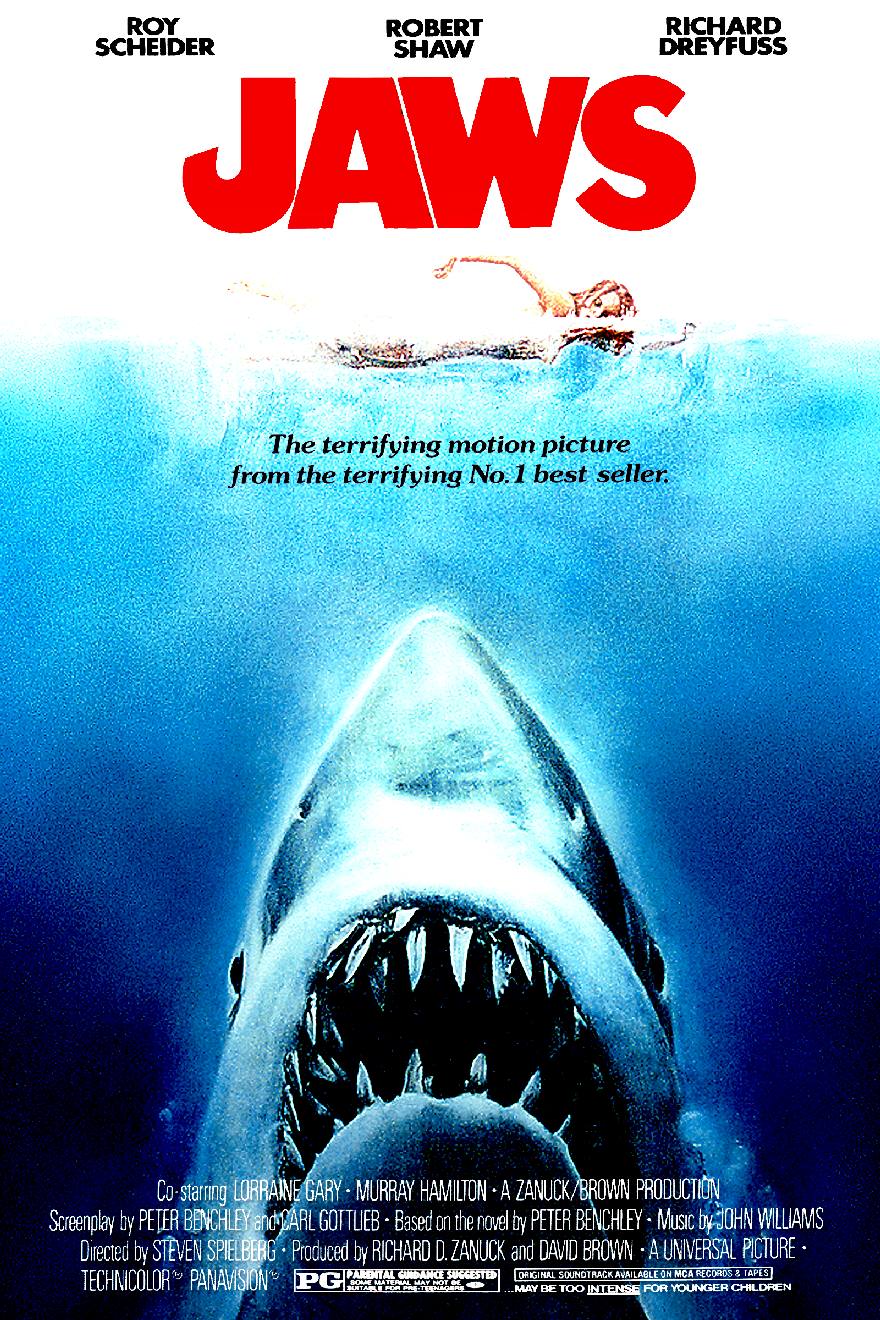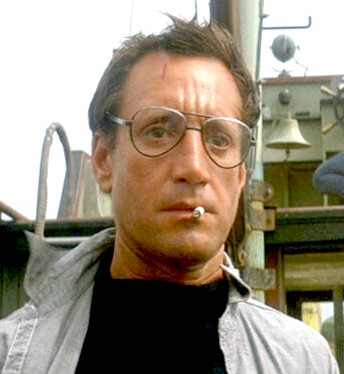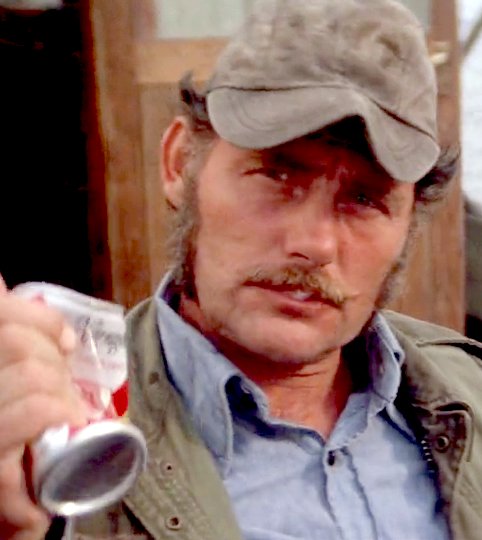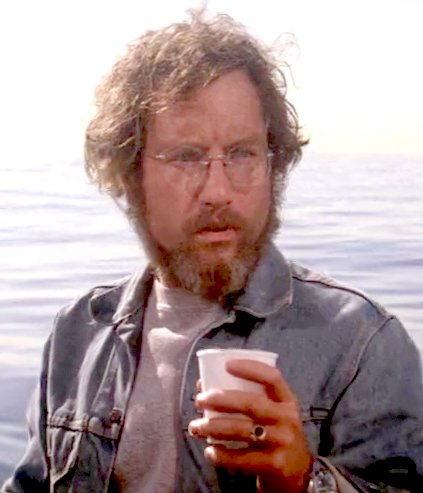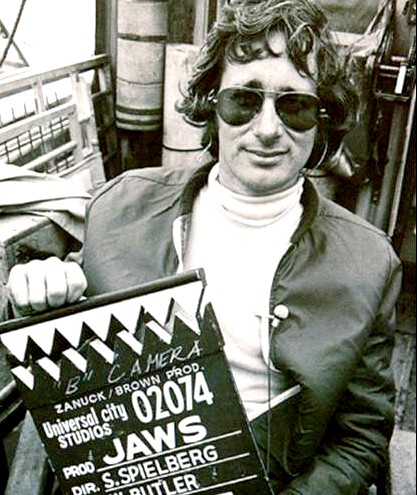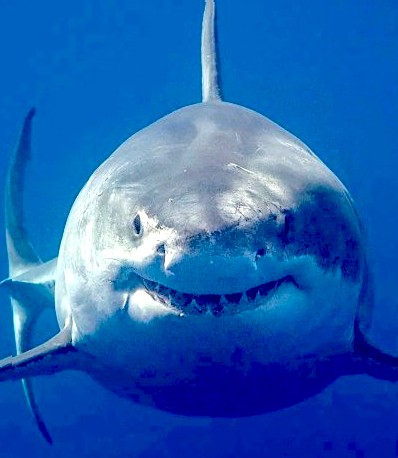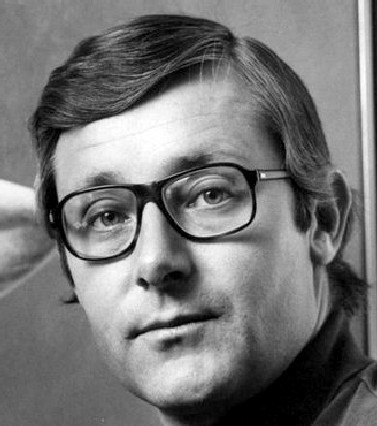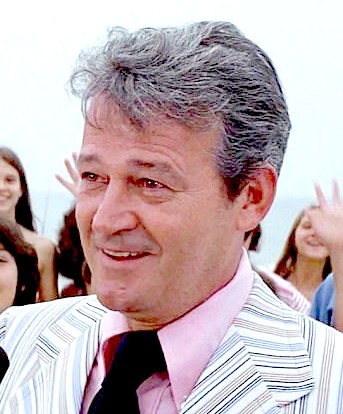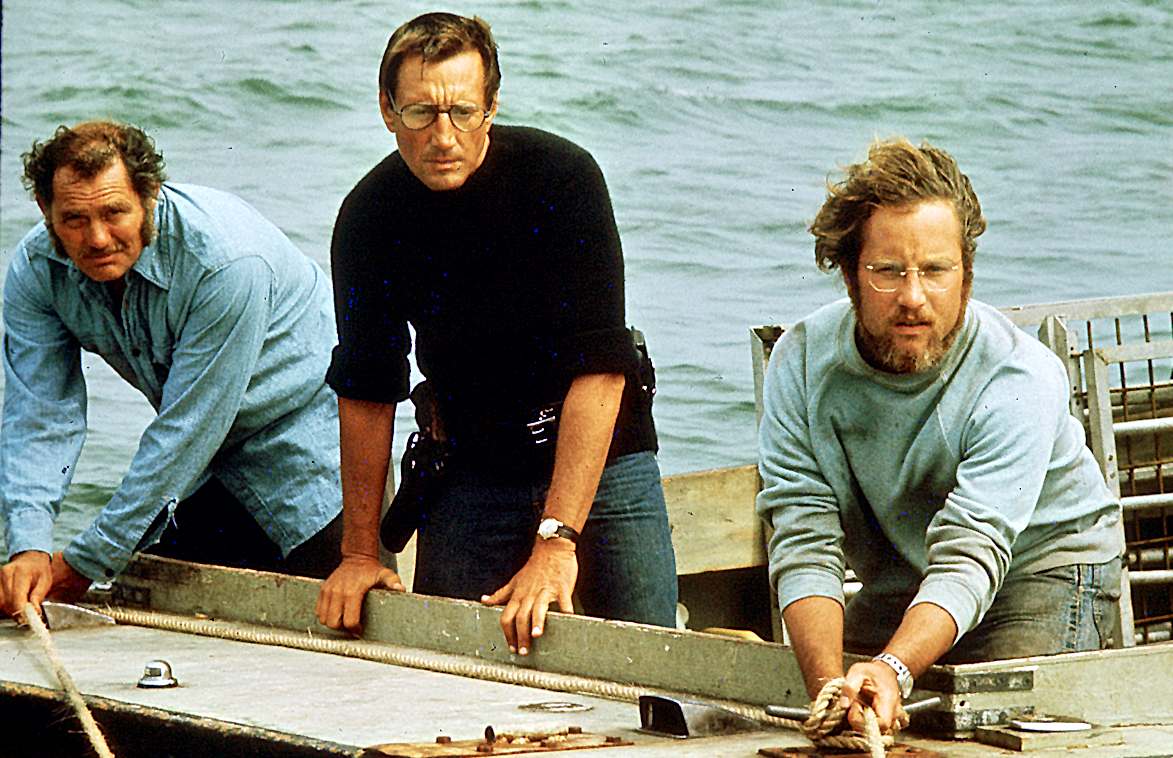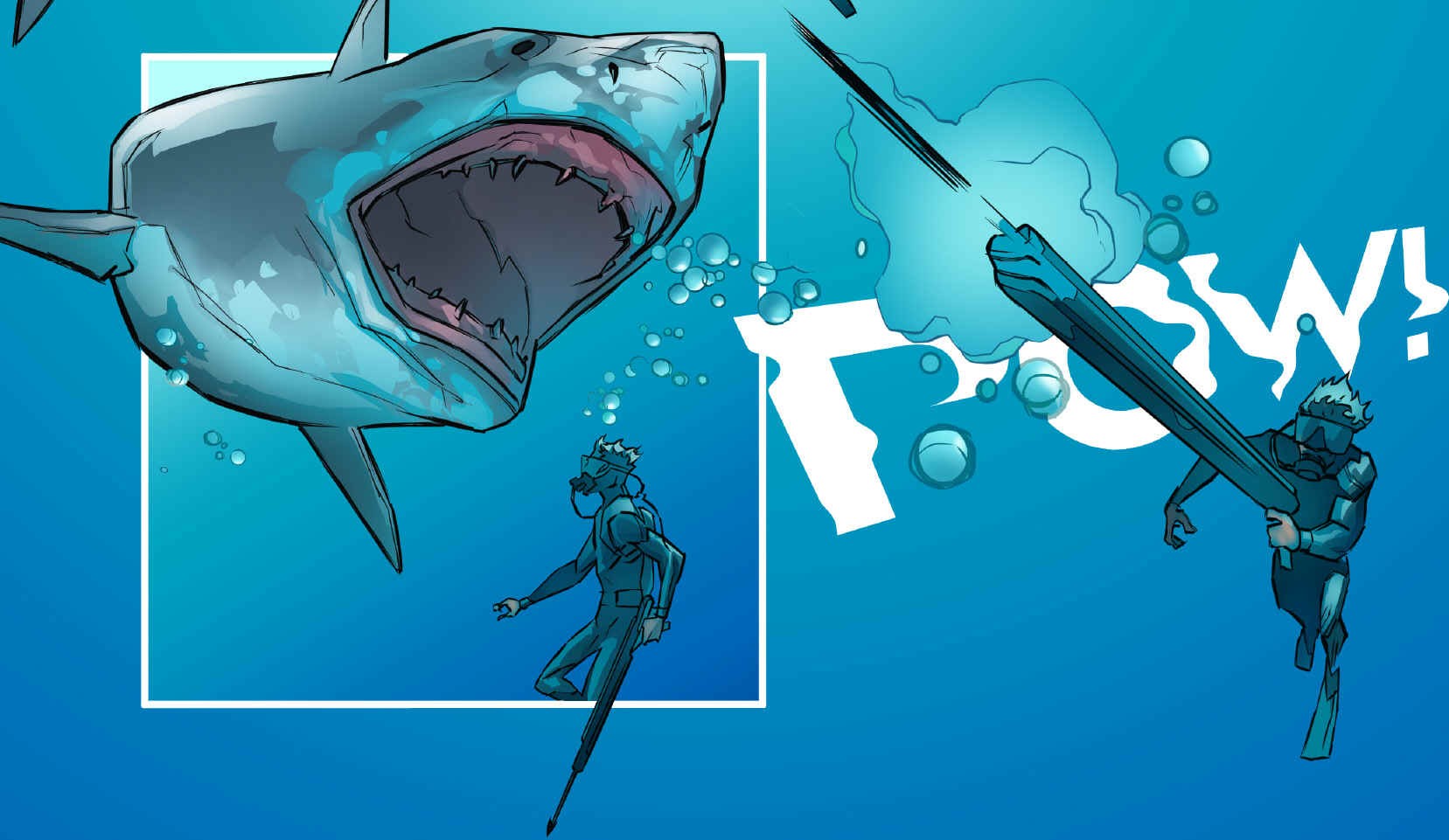|
STEVEN SPIELBERG'S JAWS
|
|||||
Steven Spielberg cut his teeth on the meaty role Jaws presented, directing a film using a giant rubber shark model, that simply would not work. Oddly enough, having to resort to Alfred Hitchcock like suspense building, in not showing 'Bruce,' as the flawed animatronic became known, the lack of props actually helped to make the film a success.
|
|||||
|
|
|||||
|
|
|||||
|
|
|||||
|
|||||
|
|
|||||
|
|
|||||
This was the first blockbuster movie released in the summer of 1975. It cost $9 million to make, and grossed $472 million worldwide; adjusted for inflation, it has earned almost $2 billion at 2011 prices and is the second-most successful franchise film after Star Wars. In the United States and Canada it has grossed $261 million, equivalent to $1.2 billion at 2020 prices (based on an estimated 128,078,800 tickets sold), making it the seventh highest grossing movie of all time adjusted for ticket price inflation. Not a bad investment on the part of Universal Studios.
PLOT
When a killer shark unleashes chaos on a beach community, it's up to the local sheriff, a marine biologist, and an old sea dog with a grudge against sharks, to hunt the terror down.
Director
Steven Spielberg delivers an iconic film that has an entertaining story featuring unforgettable characters. Not to mention
'Bruce'
the shark. This was the original summer blockbuster that kicked off that trend in Hollywood.
In the film, a man-eating great white shark attacks beachgoers at a summer resort town, prompting police chief Martin Brody (Roy
Scheider) to hunt it down with the help of a marine biologist (Richard Dreyfuss) and a
gritty professional shark hunter (Robert Shaw). Murray Hamilton plays the
mayor who can't see past his wallet, and Lorraine Gary portrays Brody's wife. The screenplay is credited to
Benchley, who wrote the first drafts, and actor-writer Carl Gottlieb, who rewrote the script during principal photography.
Jaws was the prototypical summer blockbuster, regarded as a watershed moment in motion picture history. It won several awards for its music and editing. It was the highest-grossing film until the release of Star Wars in 1977. Both films were pivotal in establishing the modern Hollywood business model, which pursues high box-office returns from action and adventure films with simple high-concept premises, released during the summer in thousands of theaters and advertised heavily. Jaws was followed by three sequels (without the involvement of Spielberg or Benchley) and many imitative thrillers. In 2001, it was selected by the Library of Congress for preservation in the United States National Film Registry as "culturally, historically, or aesthetically significant". Not much of a shocker that!
|
|||||
|
HUMAN ATTACKS SHARKS - In Kulo Luna, John Storm faces off four great white sharks, bravely challenging them to take a bite out of him, armed with only a speargun, a megaphone and a plan to save a humpback whale trapped in fishing nets.
|
|||||
|
Please use our A-Z INDEX to navigate this site or return HOME
This website is Copyright © 2021 Cleaner Ocean Foundation Ltd and Jameson Hunter Ltd Kulo Luna™ is a registered trade mark with international application(s) pending.
|
